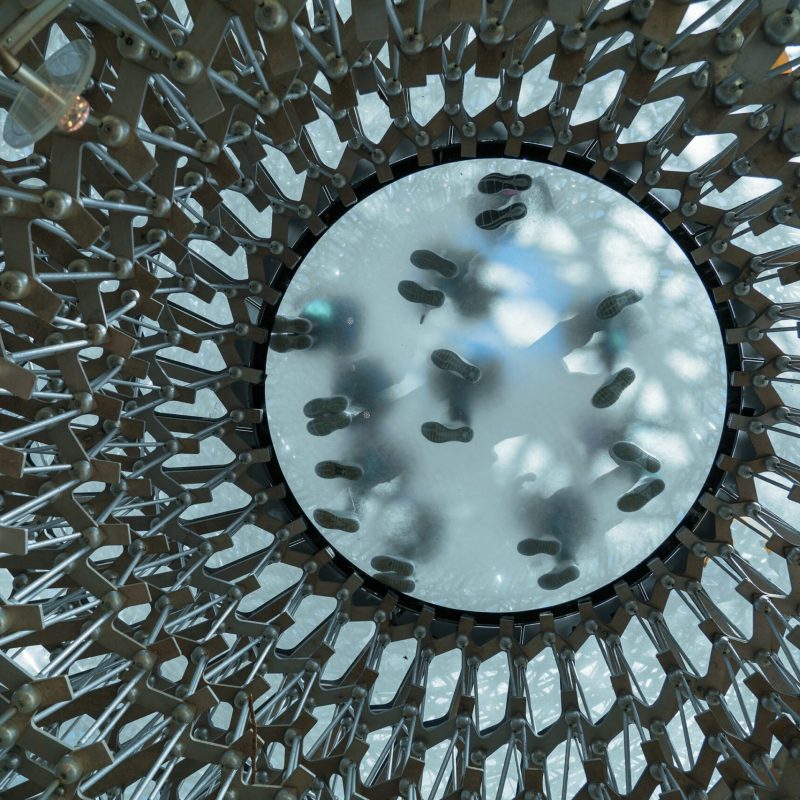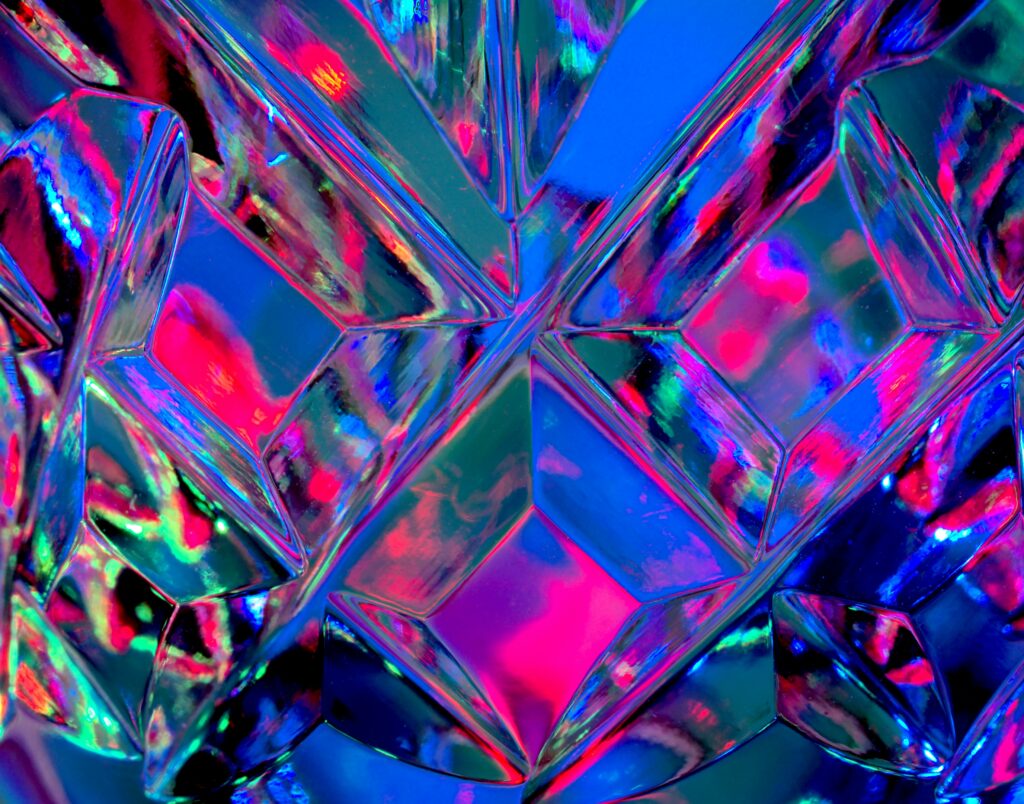The Appearance of The
contemporary glass art
The British Glass Biennale is one of the highlights of the International Festival of Glass, which features a larger schedule of exhibitions, Glass Masterclasses, and other events.

What, exactly, is meant
By The Term "Glass Sculpture"?
The term “contemporary glass” refers to a particular subgenre of sculpture that makes extensive use of glass as the primary medium for expressing the artist’s ideas. Contemporary glass, like studio glass before it, is created for sculptural enjoyment as well as visual pleasure; however, contemporary glass differs from studio glass in that the artist incorporates a concept into the work. Studio glass was created for the purpose of sculptural enjoyment and visual pleasure.
Three primary techniques for working with the material are known respectively as glassblowing, casting, and lampworking.
The most traditional and time-honored approach is known as glassblowing. As part of the process, the glass is first heated in a furnace, then it is collected on the end of a blowpipe, and finally a bubble is blown out of the glass. The finished product can be as uncomplicated as a bottle or an ornament for the holidays, or it can be as intricate as a masterpiece created by Lino Tagliapietra. Dale Chihuly, Marvin Lipofsky, and William Morris are three well-known artists who work in the medium of glassblowing.
Glass is “cast” by first pouring molten glass into a mold and then melting the mold in a furnace. This process creates a solid piece of glass. There is also the option of pressing individual pieces of glass into the mold before melting them in a furnace and shaping them to fit the recess (such as slumped glass). The French term “paste de verre” literally translates to “glass paste,” and it refers to a method of casting that uses very small granules of molten glass that are spread out over a mold. Molds are frequently utilized in the glassblowing process, particularly when creating items for mass production such as bottles. Several well-known glass artists, such as Ann Wolff, the artist couple Stanislav Libensk and Jaroslava Brychtová, and Klaus Moje, are best recognized for their work in glass casting. Ann Wolff is one of these well-known glass artists.
Lamp work, also known as flame work, is a method of glassworking in which extremely thin canes of glass are heated and fused over an open flame using a torch, tweezers, and other delicate instruments. This technique is sometimes referred to as “flame work.” The Harvard Museum of Natural History is home to a renowned and priceless collection of natural history glass, which includes a number of delicate and intricate pieces that were created by Leopold and Rudolf Blaschka, a father and son team. Lucio Bubacco, a glass artist from Murano, is the person whose name is most commonly associated with this technique among modern collectors.
Do you know the name for works of art that are made of glass?
The monumental glass sculptures created by artists such as Livio Seguso, Karen LaMonte, Stanislav Libensk, and Jaroslava Brychtová have garnered a lot of praise from critics and art enthusiasts.

Who would you say is the most well-known glass artist working today, and why?


Things to Think About Before Jumping into the Art Glass Industry
In the year 3500 B.C., in the region of Mesopotamia, glass was first utilized as a medium for the expression of artistic ideas (although some historians believe that glass objects originated in Egypt). Beads were the first known object made of glass in the history of the world. They were used as currency between Africa and Europe and were created by accident while workers were working with forged metals. Glass was once a scarce commodity that was utilized in a wide variety of high-status contexts such as money, jewelry, vessels, and building decoration. Nowadays, however, glass is impossible to avoid because it can be found almost anywhere, including homes, laboratories, buildings, and consumer goods.

